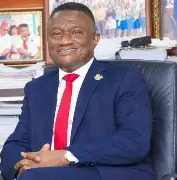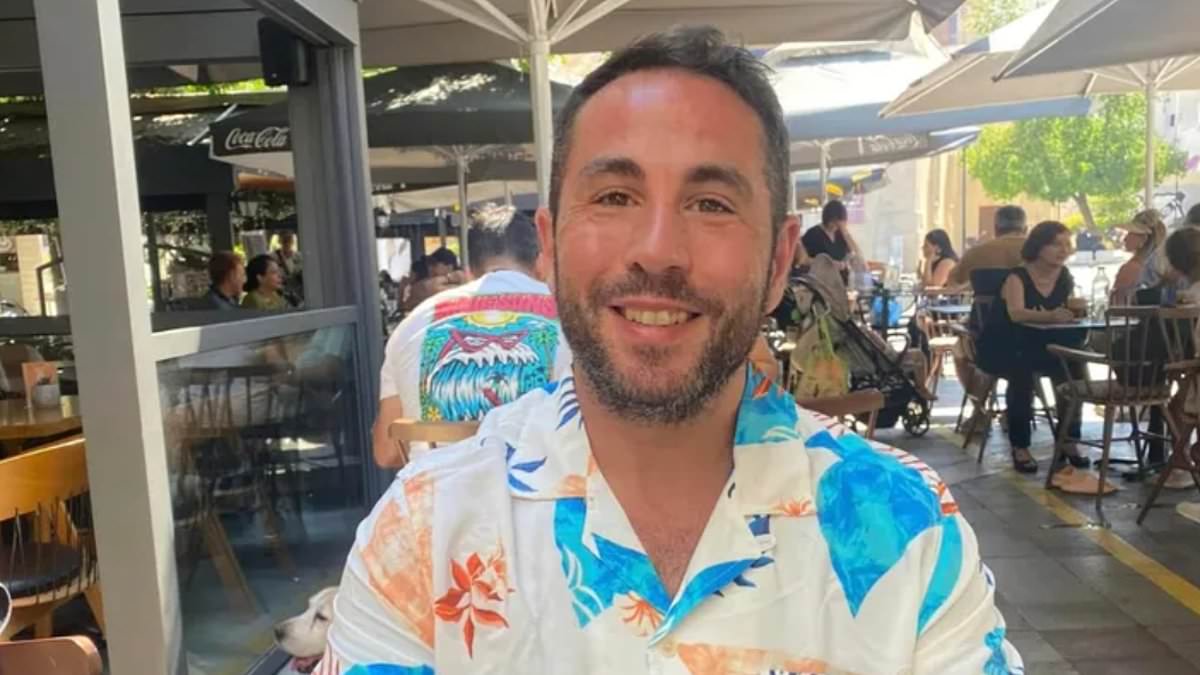By asiedu
Copyright ahotoronline

President John Dramani Mahama has officially launched the Big Push infrastructure program, marking a significant step towards addressing Ghana’s pressing road infrastructure challenges. The sod-cutting ceremony on September 16, 2025, in Afienya, for the Dawhenya-Ayikuma-Dodowa and Tema-Aflao roads, symbolizes the government’s commitment to modernizing and expanding the country’s road network. This initiative is a strategic response to Ghana’s annual infrastructure funding shortfall of $1.5 billion, with a keen focus on the road sector, which is essential to the country’s socioeconomic development.
A key feature of the Big Push program is its priority to connect regional capitals and link districts, ensuring smoother and more efficient transportation across the nation. Enhancing roads in major food-producing and industrial areas is another crucial aspect, aimed at boosting economic activity and facilitating the flow of goods and services. By targeting these critical zones, the program aims to stimulate agricultural productivity and industrial growth, creating jobs and strengthening local economies.
The government has set aside GH¢5 billion annually from the Road Fund specifically for road maintenance, underscoring the importance of preserving existing road infrastructure. This allocation will cover essential maintenance activities like pothole repairs and drainage clearing, which are vital for prolonging road lifespan and ensuring safety. Notably, this maintenance fund will supplement, not replace, the current road budget, reflecting a dual approach that prioritizes both new construction and ongoing upkeep.
Hon Isaac Agyei Mensah, Chairman of the Roads and Transport Committee in Parliament, explained that funding for the Road Maintenance Trust Fund will come from multiple reliable sources. These include fuel levies, road tolls, and deductions from the Driver and Vehicle Licensing Authority (DVLA) services — such as car registration fees and other related taxes. This diversified funding approach is designed to create a sustainable financial base that can support continuous road maintenance without placing additional strain on the government’s general budget.
In his remarks, President Mahama emphasized the intrinsic link between a reliable transportation network and national economic growth. He pointed to the development of road and rail networks in the United States as a model for Ghana, demonstrating how investment in transport infrastructure can unlock economic potential and enhance quality of life. The President called on all stakeholders, including Ghanaians, to support this ambitious initiative, recognizing that a strong infrastructure foundation is key to building a prosperous and united Ghana.
Story by: Ohemaa Adusi-Poku



